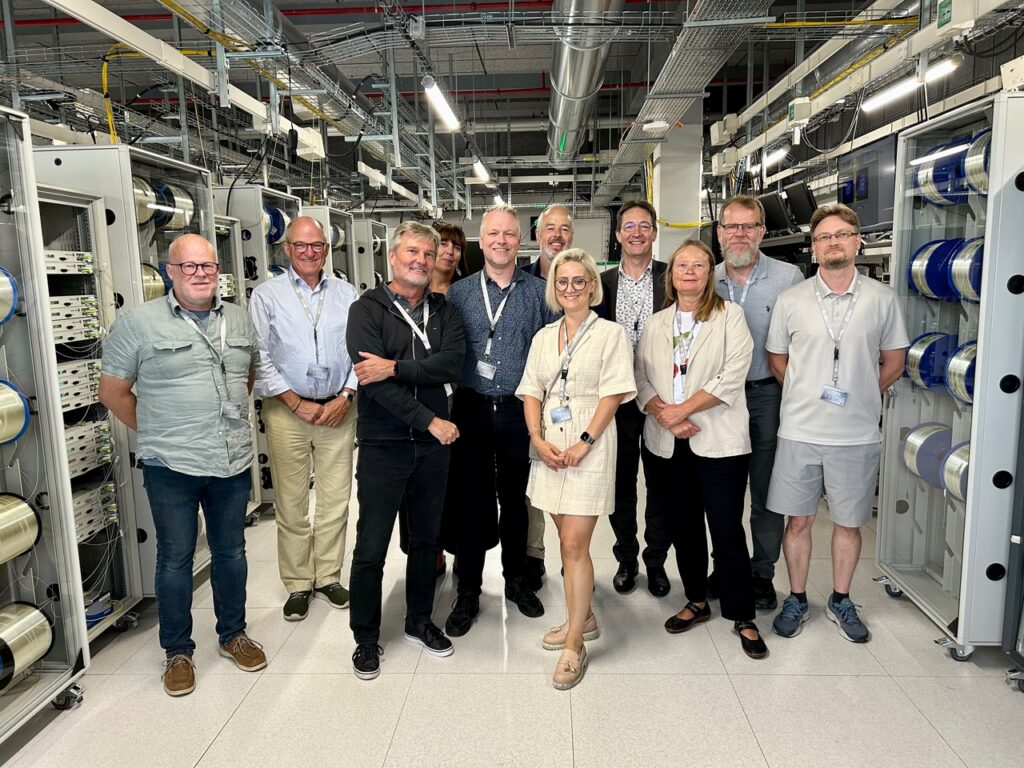Earlier this month, the Polar Connect initiative hosted a highly technical workshop, bringing together subsea cable experts, fibre sensing specialists, and key stakeholders. The meeting provided an in-depth forum for exploring the unique challenges and opportunities of deploying and operating a submarine fibre cable across the Arctic Ocean.
Discussions focused on advanced fibre sensing technologies, including Distributed Acoustic Sensing (DAS) and SMART cables, and their integration with telecommunications traffic. Experts examined sensor viability, calibration, and lifespan, as well as trade-offs in power budgets for coexisting systems under repeatered conditions. To gain a better understanding of future opportunities for the cable structure design, such as combining DAS and SMART sensors on a single fibre pair or repurposing fibre pairs after sensor end-of-life, were explored in detail.
Equally important was the focus on Arctic-specific cable-laying operations. Participants examined various vessel configurations, segment loading, route verification, and the critical need for high-resolution seabed data to inform trenching, burial, and risk mitigation strategies. The discussions highlighted how laying a subsea fibre cable in ice-covered zones, particularly under multi-year sea ice, requires unprecedented operational planning, convoy-type coordination with escorting icebreakers, crew collaboration, and resilience to interruptions caused by weather or shifting ice sheets.
The workshop significantly advanced the Polar Connect team’s understanding of the required technologies, opportunities co-designing for communication and science purposes, and risks associated with an Arctic route. By examining both the scientific potential of integrated sensing and the operational realities of working in one of the most extreme environments on Earth, the meeting provided invaluable insights that will help shape design choices, assess financial implications, and guide the next stages of planning.

